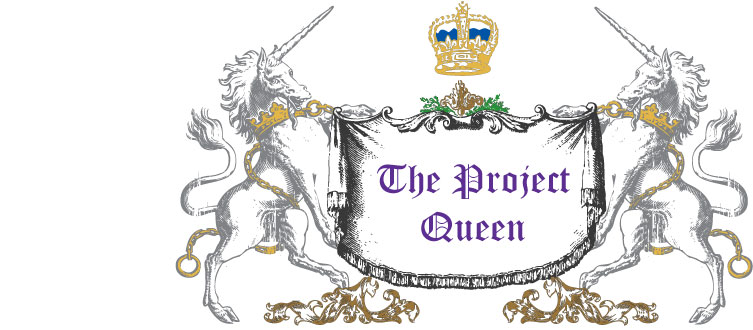Lola with a mouthful of
cardboard, hay and hair.
Well, maybe it’s not trouble, exactly, but owning
rabbits as pets (especially long-haired breeds) comes with its own set of
challenges.
Angus developed weepy eyes which forced me to keep the
hair short on his face. The weeping seems to have slowed down recently, but I still
think his age has earned him the right to stay retired from fiber production.
Buns suffered calcium sludge twice. Each time he’s had it, I needed to try
removing and re-adding things to his diet to locate a cause. I had a suspicion
the higher protein pellets needed by the EAs didn’t quite agree with him. He
now has a separate bag of pellets, though I came to the conclusion his main
problem was lack of water. It isn’t that he isn’t given enough. He was
supposedly feral for a while. It’s possible he got into the habit of not
drinking much, because water wasn’t always easy to find. To get enough water
into him, I resorted to wetting his greens every time I feed him. By and large,
Benjamin is a very healthy bunny. Probably helps that the only long hair he has
is around his face. He’s a sassy little bugger, though, quite fond of grunting
at me whenever I put my hand in his cage. He also stomps his back feet, for no
apparent reason. A habit which completely freaks out Alexa, our Cattle Dog.
Some of the other dogs recently decided if the Queen Bee finds the noise so
disturbing, then they need to worry about it too.
Now, we come to Lola. I noticed a while back she was
putting on a bit more weight than she should have been. Even though I don’t
feed anyone things they’re not supposed to eat. I couldn’t quite decide if it
was a doe trait, or if it was particular to her. There were some other things
that seemed to be improving with time as she got a bit older. I finally got her
to make regular use of her litter box, and she stopped banging her hay bin
against her cage.
Recently, I needed to place her in the playpen with
Angus for a little bit. Despite sterilization surgery, instinct kicked in, and I now have a
doe who thinks she’s having babies. She resumed banging the hay bin about, at
all hours of the day, and then popping off the litter box grate so she could
dig there. She also got sassy with me, especially when I wanted her out of the
cage for cleaning. (Which is a daily chore here.) Of course, she didn’t want me
undoing her handy-work and removing all the hay she was stuffing around the
perimeter of her cage. After more than a week of this craziness, I came to the
conclusion it was necessary to give her something to nest in, until she decides
she isn’t pregnant. Otherwise, it’s possible to needlessly prolong this
behavior. No shortage of cardboard boxes around here, so I took the flaps off a
box that was big enough for her to root around in. It was my hope I would just
remove her mess when she was finished with it. No such luck. Despite the extra
pieces of card board I gave her, and all the hay she has at her disposal, she
ripped out at least half of the box bottom.
In the midst of the baby drama, shearing time has
rolled around again. I got Angus finished in a couple of days. However, Lola
tends to take me a bit longer, since she’s bigger and the hair is even thicker.
The other evening, I pushed myself to trim the hula skirt off her booty. Which
left her legs and tummy to finish. It was getting late enough, and my hands
hurt. I decided to finish the next day. Hands hurt enough yesterday it seemed a
good idea to take a break. This morning, while feeding everyone, I discovered
clumps of hair in Lola’s nest. This is typical behavior of a nesting doe, and
it was in the back of my mind she might pull hair to complete this project. So
now the remainder of her haircut will wait too, until she abandons the nest.
Despite the fact she’s making a royal mess and not
eating much right now, it has been interesting to see instinct in action. It’s
also a good reminder of how powerful, and tricky, this survival tool really is.
Still, I’m glad I started buying bales of hay from a farm/ranch supply store
for a very reasonable price. I got the current bale around Easter weekend. Half
of it has been used to this point. Every time I give Lola hay right now, she’s
stuffing it in her nest area. Occasionally, she’s nibbling on some of it, but
I’m going to end up throwing most of it around my blackberries. Needless to say,
the very rare “play date” she had with Angus will never be repeated, with him,
or the other boy bunnies.
The Project Queen


